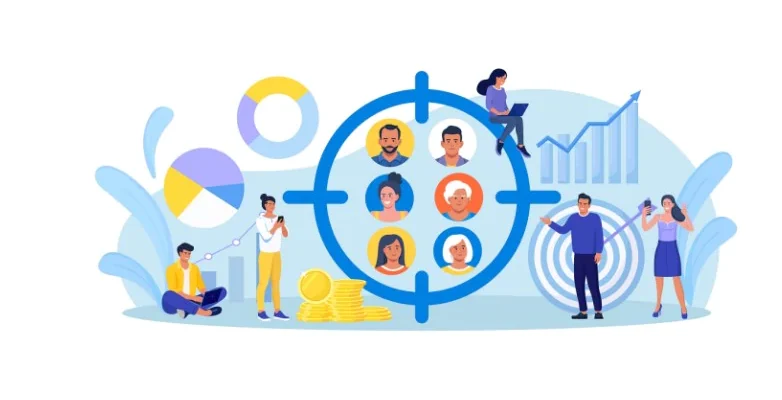The beginning of the year always invites reflection. It's an opportune moment to reassess some habits and set new goals and objectives. Personal finances deserve a place in this analysis. After all, financial imbalance affects other dimensions of life, such as health and family life. In this article, we share tips on how to manage your finances, highlighting the role that consumers play in strengthening their finances. credit market and presenting tools that will be useful throughout 2023.
The starting point for this reflection must be the diagnosis. You need to analyze the size of the adjustment, comparing all your earnings, current expenses and debts, especially those that may have been left behind. If you think you need to make some adjustments to your financial life, know that there are many others in the same situation. Data from credit bureaus show that around 40% of adult Brazilians are in debt. Some tools can help with this. The credit bureaus provide consumers with a free consultation of their credit score, an indicator based on their payment history. In addition, it is possible to consult overdue debts and start negotiations with the creditor. A survey carried out by the National Association of Credit Bureaus (ANBC) showed that in October 2022, 531,000,000 people knew their credit score, compared to 471,000,000 who did not.
Once their financial life has been diagnosed and their debts mapped out, if there are any arrears, consumers should move on to the negotiation stage, showing creditors their intention to pay off the debts, negotiating interest and fines, and assessing whether the renegotiation will fit into their budget, in order to prevent further arrears. Cutting back on some expenses may be necessary until the balance is restored.
Credit is a great ally in financial life and material achievements, provided it is used wisely. In the individual segment, it works as a shortcut, allowing consumption to be brought forward. This anticipation comes at a cost: the interest rate and fees, which together make up the total effective cost (CET) of the operation. If the benefit of anticipating consumption outweighs its cost, credit helps to increase consumer welfare. Therefore, the decision to take out a loan must always weigh up the two sides: the satisfaction provided by anticipating income and the cost involved.
And then the complications begin. The interest rate contracted in a loan or financing operation can be the subject of negotiation and should never be neglected. The consumers are used to researching the prices of goods and services. In the credit market, this practice is also necessary. Some new features have been created precisely to facilitate comparison, such as the credit marketplaces. To aid negotiation, the sharing of credit information has been facilitated by tools such as Open Finance and Cadastro Positivo. In addition to the interest rate, tariffs can represent an important cost and should therefore be analyzed.
Assessing which type of credit is best suited to the consumer's needs is also part of this process. There are various types of credit, each with its own interest rate and ease of access. When available, overdrafts, for example, can be easily accessed, but are subject to much higher interest rates than loans and financing. Payroll loans charge lower rates, but involve a bureaucratic process and depend on agreements between the company where the consumer works and the financial institution. Once you have analyzed the costs and the type of loan, you need to think about the impact of taking out a loan on your budget, taking into account the commitments you have already made and the costs of maintaining your routine.
These precautions help consumers avoid financial imbalances and keep the credit channel open at all times. What's more, by building up a history of making payments on time, consumers have a better chance of obtaining credit on better terms. The survey conducted by ANBC showed that 86% of consumers know what the Positive data and that 76% have a favorable perception of this tool. This perception needs to be increasingly incorporated into credit behavior, encouraging punctuality in payments.
In recent years, credit bureaus have been improving their products and services for this public, with the dissemination of financial education. The sector recognizes the fundamental role of the consumer in strengthening the credit market.
Thanks for reading! Access other content at ANBC website.
By: Elias Sfeir President of ANBC & Member of the Climate Council of the City of São Paulo & Certified Advisor




